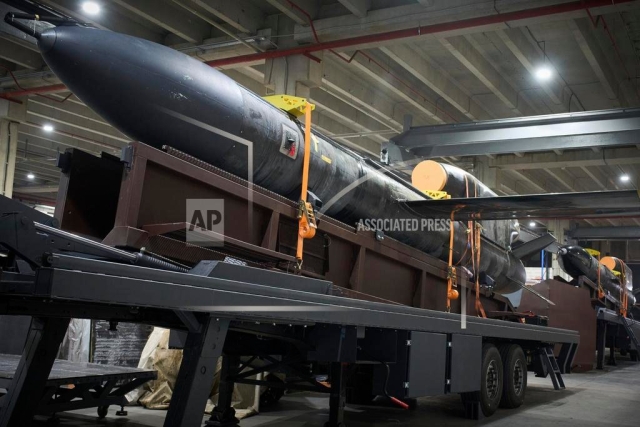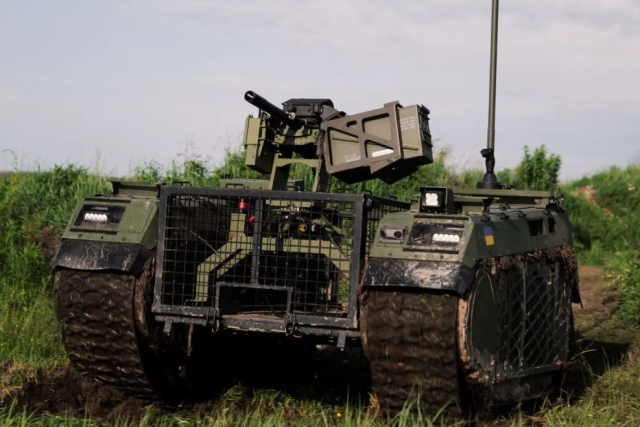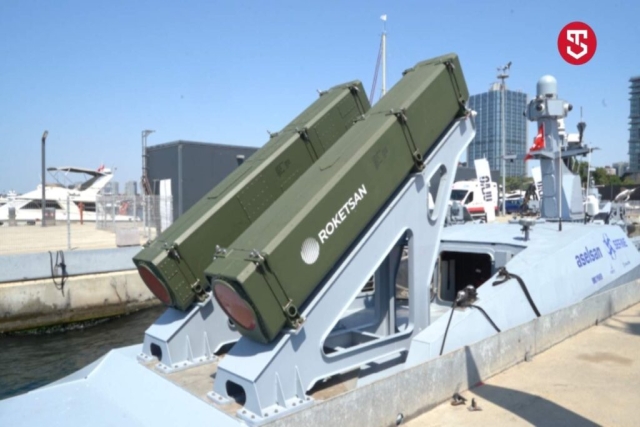Ukraine Unveils Flamingo Cruise Missile with 3,000-Km Range
Photograph shows Ukrainian-built missile in mass production at undisclosed Fire Point facility

Ukraine has revealed a new long-range cruise missile named Flamingo, capable of striking targets up to 3,000 kilometers away.
A photograph posted on August 14 by photo correspondent Efrem Lukatsky showed the missile inside a production workshop at an undisclosed location in Ukraine. Lukatsky stated that the Flamingo has already entered mass production under the country’s defense company Fire Point.
“Ukrainian-made Flamingo missiles with a range of over 3,000 kilometers, which have been put into mass production, were spotted in the workshop of one of the country’s leading defense companies, Fire Point, at an undisclosed location in Ukraine on Thursday, August 14, 2025,” Lukatsky wrote on his Facebook page.
The photograph marks the first public confirmation of the missile’s development. No additional details on deployment, numbers, or operational plans have been released.
Domestically built weapons have become central to Ukraine’s defense as Western arms deliveries face delays. In November 2024, President Volodymyr Zelenskyy announced the production of the first 100 missiles. By April 2025, he said over 40% of front-line weapons and 95% of drones were made in Ukraine. In June, media reported the short-range Sapsan ballistic missile had completed combat testing and entered serial production. Zelenskyy also revealed the development of the hybrid Palianytsia missile-drone.
Russian Arms Telegram channel commented on the Flamingo’s design, describing it as resembling both the Soviet Tu-143 "Reis" UAV and Germany’s World War II-era V-1 cruise missile. Analysts highlighted a large fuel tank that could support a range between 2,000 and 2,700 km, with an estimated warhead mass of 350 to 600 kg. They said the missile poses a “huge threat” to industrial facilities deep inside Russia, with potential reach as far as Yekaterinburg, Chelyabinsk, Omsk, Murmansk, and Arkhangelsk.
The channel also noted technical features such as a non-folding wing, an exposed engine nacelle, and an estimated radar cross-section of 0.5 to 0.7 sq. m. According to the channel, production in large numbers is possible given the missile’s design, though airborne warning aircraft like the A-50U could detect such weapons at 180–240 km ranges.












